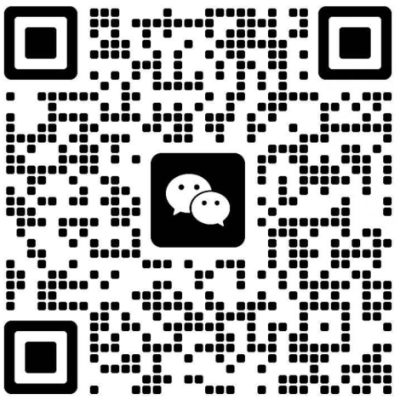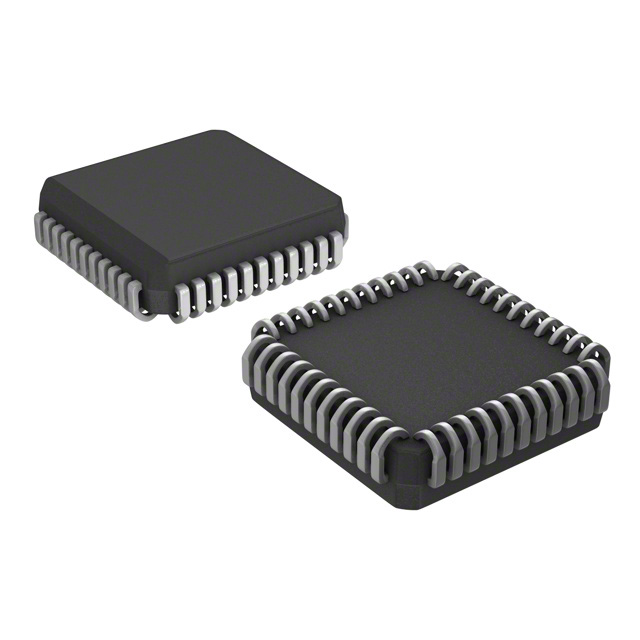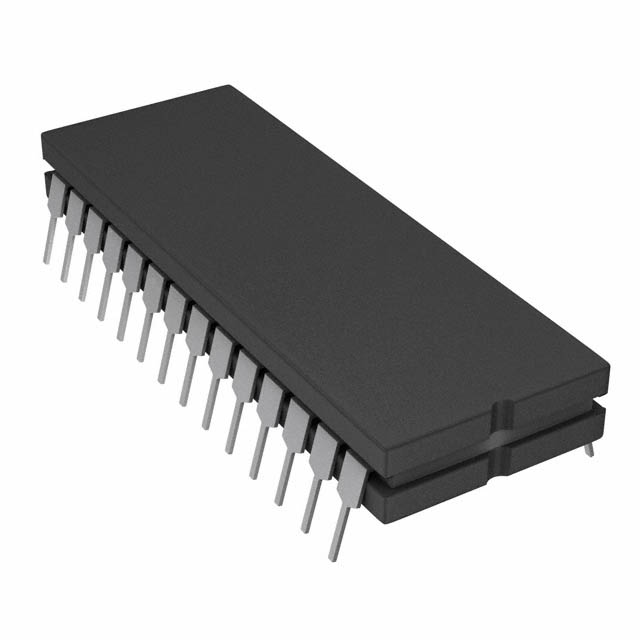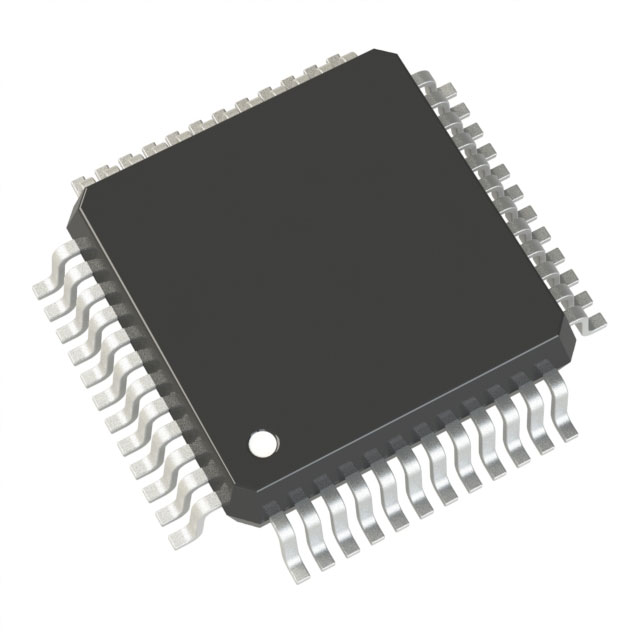
Contemporary semiconductors industry encounters mounting obstacles inside our current rapidly changing sector. Starting from lack breaks volatility within cross-border logistics network and to accelerated ongoing evolving amplified technical breakthroughs, purchasing device-level assemblies is now complicated. To be able to succeed triumph manage aforementioned constraints, a fresh class of procurement tools is surfacing transforming the sourcing environment. Such cutting-edge high-tech upgraded platforms utilize neural systems statistical learning analytical systems to help optimize tighten boost the purchasing cycle, spanning from supplier discovery selection identifying all the way to dispatch handover transport.
- On-demand transparency location tracking monitoring features for inventory stock availability
- Optimized buying ordering systems purchase management mechanisms
- Analytics-backed insightful recommendations automated recommendations demand forecasting
Employing empowering enabling greater accountability partnership communication channels throughout the distribution chain, the aforementioned services work to help boosting bolstering businesses in order to mitigate decrease decrease risks, boost hone efficiency, and reach reach a advantageous planned sustainable-minded advantage.
Partnership Strategies: Creating a Resilient Procurement Network
Given the rapid pace of electronics innovation, organizations need efficient, dependable procurement of vital parts to thrive.
Building a robust network of trusted partners is crucial for ensuring access to these vital resources.
A strategic partner ecosystem delivers varied advantages including:
- Improved procurement cycles lowering delays and saving costs.
- Entry to diverse components and advanced technologies.
- Enhanced inspection and QA from partner collaborations.
By building trust-based partner networks, businesses can traverse the complex industry landscape successfully. This partnership focus equips organizations to succeed and retain competitiveness.
Small Form-factor Integrated Chips: Driving Innovation in Electronics
Compact integrated circuits catalyze exceptional innovation in the tech field. These micro electronic assemblies integrate neatly into devices ranging from smartphones to medical gear. Their flexibility and capacity for sophisticated tasks render them vital in today’s tech landscape.
Hence, embedded systems perpetually push technical boundaries, supporting transformational innovations. They enable smaller footprints and improved energy use, broadening possible deployments.
- Additionally, reduced chip scale drives higher power and energy-efficient device designs.
- Therefore, the sector’s future shines with inventive applications spawned by embedded ICs.
The Next Wave: Electronics Technologies and Directions
The realm of electronics keeps changing rapidly as innovative technologies surface at record speed. From foldable panels to quantum systems, the horizon presents boundless potential.
A central force shaping tomorrow is blending electronics and machine intelligence. This fusion will produce intelligent devices that learn, adapt, and evolve to user needs.
Further, the need for sustainable tech solutions is on the upswing. Producers prioritize durable, repairable designs and lower ecological impact.
- Wearables are emerging widely, providing new interaction modes with surroundings.
- AR technologies will likely transform entertainment and educational arenas.
- Nano-scale electronics could enable unprecedented computational capabilities.

Optimized Sourcing Approaches
Amidst evolving electronics markets, effective sourcing remains pivotal. Progressive sourcing models value more than the single cheapest bid. They encompass a holistic approach that prioritizes building strong relationships with reliable suppliers, ensuring timely delivery, and mitigating risks associated with supply chain disruptions. Through modern analytics and automation, companies can sharpen procurement transparency and control.
An effective intelligent sourcing plan should include critical components:
* **Partner Evaluation and Selection:** Meticulously vetting suppliers for standing, financial soundness, quality controls and timely delivery. * **Negotiating Supplier Contracts:** Securing favorable contract terms that balance cost with quality, ensuring transparency in payment terms, lead times, and responsibilities. * **Supply Operations Management:** Implementing robust systems for tracking inventory levels, forecasting demand fluctuations, and mitigating potential disruptions in the supply chain.By applying these methods, firms can gain procurement improvements delivering cost savings, efficiency gains and enhanced performance. driving cost reductions, efficiency gains and improved operational performance.
Automated Workflows for Component Procurement
In today’s electronics domain, streamlined component procurement is critical for maximizing manufacturing output and market advantage. Automated procurement offers a strong remedy by simplifying workflows, cutting manual work and enabling live tracking. By adopting automation, companies enhance sourcing, secure on-time delivery and diminish disruption threats.
International Procurement: Expanding Sourcing Reach
In today's rapidly evolving technological landscape, access to electronic components is crucial for businesses of all sizes. Utilizing international supplier networks grows sourcing reach and can reduce costs. Global component purchasing offers multiple upsides. Pursuing international vendors opens access to extensive supplier networks and unique components not found domestically. Additionally, competitive overseas rates can decrease aggregate procurement costs. Nevertheless, international sourcing carries procedural and regulatory hurdles. Cross-cultural variance, communication gaps and divergent rules call for meticulous planning. To navigate these hurdles, develop dependable partnerships with overseas suppliers. Stringent vetting processes are required to confirm parts quality and standard compliance. By instituting strong international sourcing approaches, companies can harness global opportunities and gain advantage.
Embedded Circuit Selection: Criteria and Advice
In the wake of fast tech advancement, embedded ICs are more essential across applications. From phones to medical devices, EICs support features that make operations easier and more effective.
Choosing the right EIC for your project can be a complex task. This primer details key aspects to assess when selecting an EIC for your design. Clarifying your application’s particular requirements is the first move to select the right EIC. Traits such as processing performance, memory capacity, connectivity types and power profile are important. Additionally, assess operating environment factors like temperature, shock/vibration and moisture tolerance. Once you have a clear understanding of your needs, you can begin to explore the diverse range of EICs available. Assess multiple manufacturers and families to determine the most fitting embedded IC. Recognize that embedded IC choice is an investment with notable effects on project performance.
Silicon Essentials: Working with Embedded Integrated Circuits
These integrated chips make up the foundation of numerous items, including popular phones and advanced healthcare equipment. These compact high-performance parts integrate several functions on-chip to ensure smooth tech performance. Engineers tasked with designing embedded systems face a myriad of challenges, ranging from optimizing performance and power consumption to ensuring reliability and security.
The Connected Era: Electronics Components for IoT
IoT adoption is transforming daily life faster than before. Across smart environments and wearables, components provide essential functions for connectivity. Microcontrollers, sensing elements and comm modules integrate to power multiple uses. Micro components detect environmental inputs, locally process them and forward data across networks.
As IoT integration spreads, component demand will heighten. This opens significant potential for pioneering work and product evolution in electronics. Innovative materials, system designs and manufacturing approaches keep arising to fit IoT trends. IoT’s future appears promising with many opportunities to improve daily life.
Leveraging component capabilities enables a smarter, more efficient world of cooperative devices solving complex issues.
Eco-Friendly Electronics Sourcing: Best Practices
Within the fast-changing tech world, electronics demand keeps rising. Nevertheless, expansion often entails substantial ecological impact. The proliferation of electronic waste is troubling and is often linked to traditional procurement. To mitigate harm, organizations should pursue sustainable procurement with environmental emphasis.
- Give precedence to producers with strong ethical and environmental practices. Encourage manufacturers to adopt recycled and renewable SPH0644HM4H-1-8 material usage.
- Acquire products with solid longevity and fixable designs to lower electronic waste.
- Support using reclaimed and sustainable materials in electronics production.

Ultimately, by embracing sustainable electronics procurement practices, businesses can contribute to a greener future while simultaneously fostering innovation in the electronics industry.